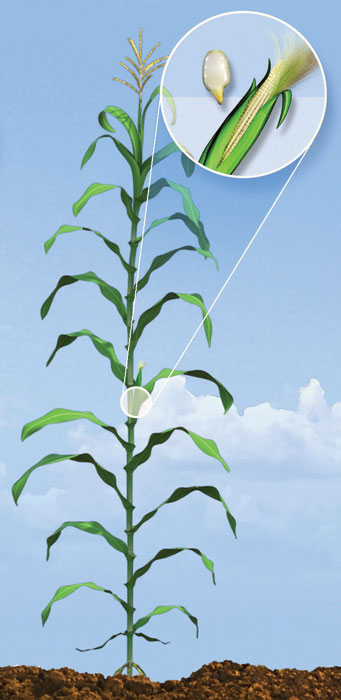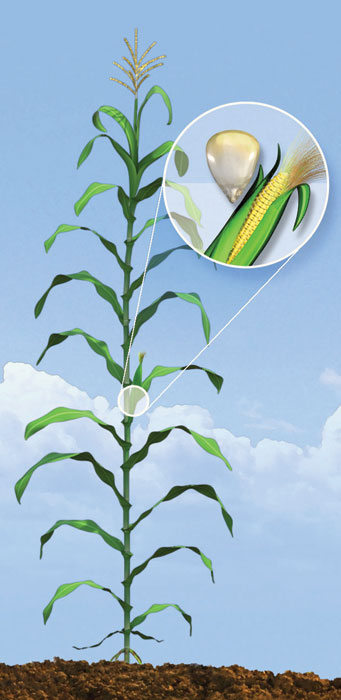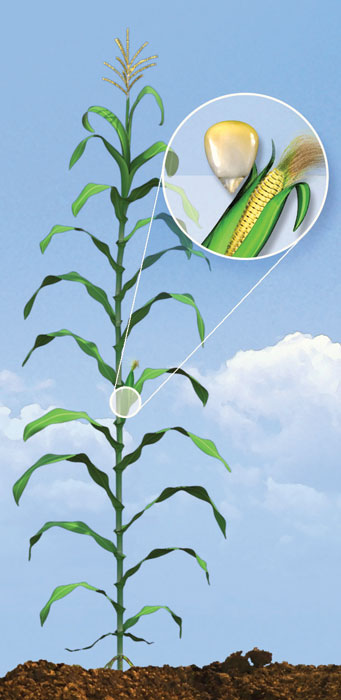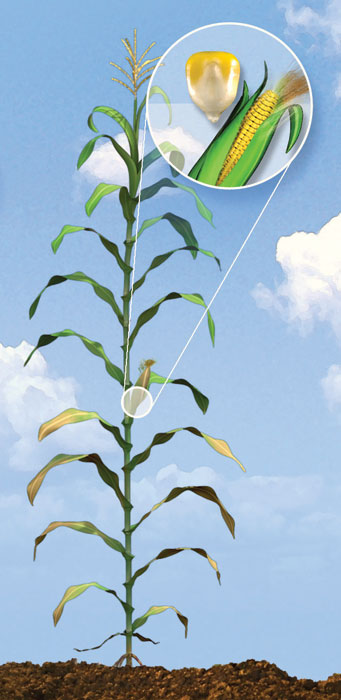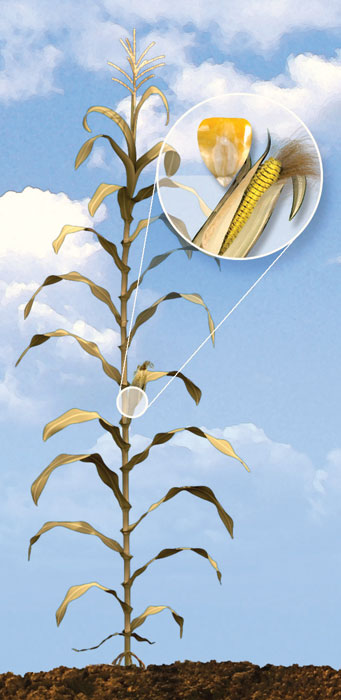Something went wrong. Please try again later...
R1 Stage
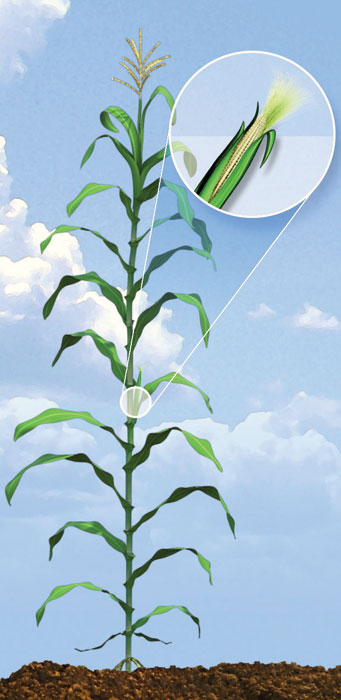
This stage begins when silk is visible outside the husks. Pollination occurs when these moist silks catch falling pollen grains. Pollen takes about 24 hours to move down the silk to the ovule where fertilization occurs. The ovule becomes a kernel. Generally, all silks on an ear are pollinated in 2 to 3 days. The silks grow 1.0 to 1.5 inches each day until fertilized. The R1 kernel is almost engulfed in cob materials and is white on the outside. The inner material is clear with little fluid present.

Get the Latest Insights in Your Inbox
Stay connected to your Pioneer agronomist with our Walking Your Fields e-newsletter and other communications. It’s your go-to source for timely agronomic information to help add value to your farm management strategy.
Subscribe Now